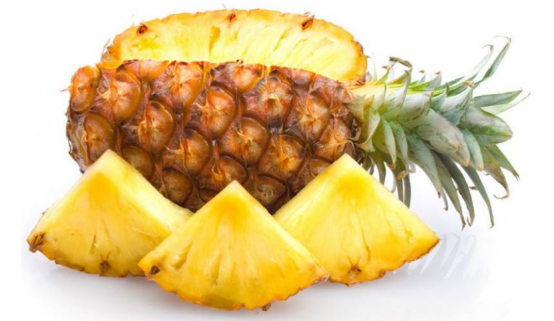品质至上,客户至上,您的满意就是我们的目标
技术文章
当前位置: 首页 > 技术文章
利用Videometer多光谱成像系统进行即食菠萝品质评估
发表时间:2020-06-22 14:21:25点击:901
来源:北京博普特科技有限公司
分享:
较近,科学家利用Videometer多光谱成像系统对即食菠萝品质进行了成像研究,研究中结合了机器学习模型,食品品质可视化研究越来越成为业界一个热点。
北京博普特科技有限公司是丹麦Videometer公司中国区总代理,全面负责其系列产品在中国市场的推广、销售和售后服务。

Application of spectroscopic and multispectral imaging technologies on the assessment of ready-to-eat pineapple quality: A performance evaluation study of machine learning models generated from two commercial data analytics tools
Author links open overlay panelEvanthiaManthouaSergio-LlanezaLagobEvaggelosDagresaAlexandraLianouaPanagiotisTsakanikasaEfstathios Z.PanagouaMariaAnastasiadibFadyMoharebbGeorge–John E.Nychasa
Show more
https://doi.org/10.1016/j.compag.2020.105529Get rights and content
Highlights
Prediction of the sensory and microbiological quality of ready-to-eat pineapple.
Assessment of various non-invasive sensors combined with different machine learning algorithms.
Application of two analytics tools and exploration of their potentials.
Abstract
Recently, rapid, non-invasive analytical methods relying on vibrational spectroscopy and hyper/multispectral imaging, are increasingly gaining popularity in food science. Although such instruments offer a promising alternative to the conventional methods, the analysis of generated data demands complex multidisciplinary approaches based on data analytics tools utilization. Therefore, the objective of this work was to (i) assess the predictive power of different analytical platforms (sensors) coupled with machine learning algorithms in evaluating quality of ready-to-eat (RTE) pineapple (Ananas comosus) and (ii) explore the potentials of The Unscrambler software and the online machine-learning ranking platform, SorfML, in developing the predictive models required by such instruments to assess quality indices. Pineapple samples were stored at 4, 8, 12 °C and dynamic temperatures and were subjected to microbiological (total mesophilic microbial populations, TVC) and sensory analysis (colour, odour, texture) with parallel acquisition of spectral data. Fourier-transform infrared, fluorescence (FLUO) and visible sensors, as well as Videometer instrument were used. For TVC, almost all the combinations of sensors and Partial-least squares regression (PLSR) algorithm from both analytics tools reached values of root mean square error of prediction (RMSE) up to 0.63 log CFU/g, as well as the highest coefficient of determination values (R2). Moreover, Linear Support Vector Machine (SVM Linear) combined with each one of the sensors reached similar performance. For odour, FLUO sensor achieved the highest overall performance, when combined with Partial-least squares discriminant analysis (PLSDA) in both platforms with accuracy close to 85%, but also with values of sensitivity and specificity above 85%. The SVM Linear and MSI combination also achieved similar performance. On the other hand, all models developed for colour and texture showed poor prediction performance. Overall, the use of both analytics tools, resulted in similar trends concerning the feasibility of the different analytical platforms and algorithms on quality evaluation of RTE pineapple.
Keywords
Pineapple Quality,Vibrational spectroscopy Multispectral imagingMachine learningSorfML